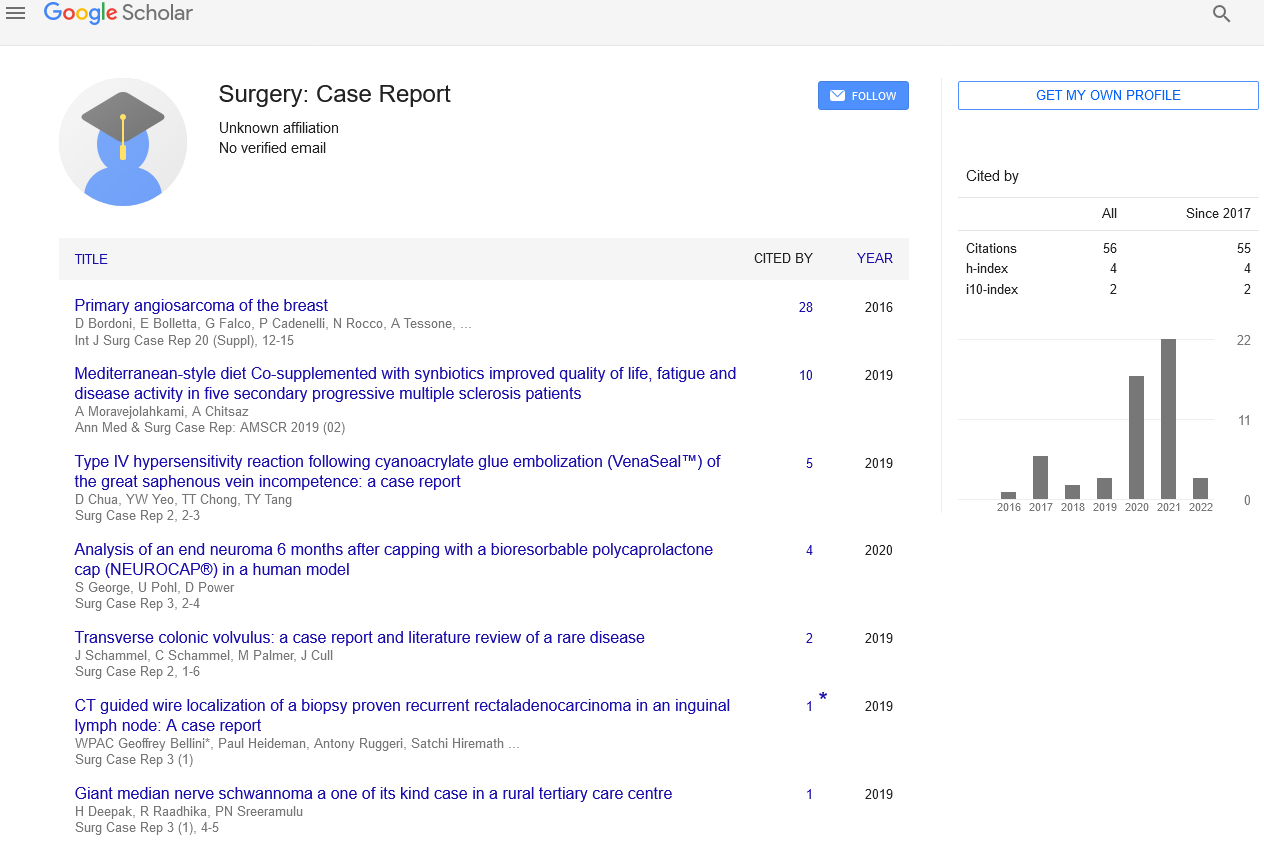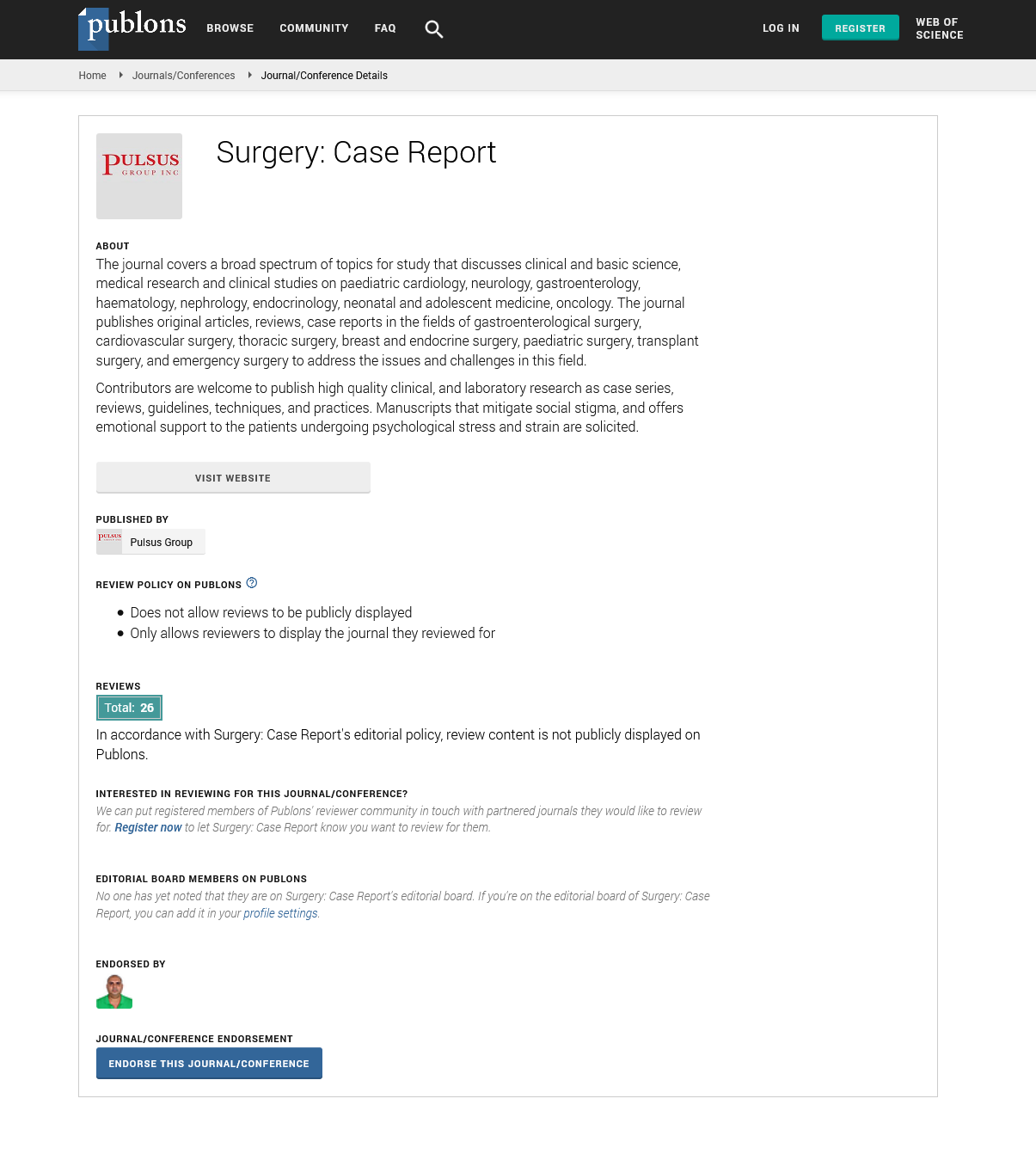CT guided wire localization of a biopsy proven recurrent rectaladenocarcinoma in an inguinal lymph node: A case report
2 Aurora Health Care Medical Group, USA
3 Aurora Cancer Care, Aurora Health Care, USA
4 Department of Surgical Oncology-Robotic Surgery, Entrepreneur Greater Milwaukee Area Hospital and Health Care, USA
5 Department of Surgery, Milwauke, Wisconsin, USA
Received: 26-Mar-2019 Accepted Date: Apr 23, 2019; Published: 26-Apr-2019
Citation: Bellini G, Heideman P, Ruggeri A, et al. CT guided wire localization of a biopsy proven recurrent rectal adenocarcinoma in an inguinal lymph node: A case report. Surg Case Rep. 2019;3(1):8-9.
This open-access article is distributed under the terms of the Creative Commons Attribution Non-Commercial License (CC BY-NC) (http://creativecommons.org/licenses/by-nc/4.0/), which permits reuse, distribution and reproduction of the article, provided that the original work is properly cited and the reuse is restricted to noncommercial purposes. For commercial reuse, contact reprints@pulsus.com
Abstract
This case report aims to describe the use of CT guided wire localization for excision of a non-palpable PET avid lymph node (LN) in the groin. We present a case of a patient with a recurrent very distal rectal adenocarcinoma metastasized to a right inguinal LN who underwent wire localization under CT scan guidance just prior to surgical excision and inguinal node dissection. We adjusted our incision to ensure not only the LN of interest was easily found and excised but also aesthetic closure based on its location. The node of interest proved to be recurrent metastatic rectal adenocarcinoma (proven preoperatively by a needle biopsy with clip placement to facilitate localization). We believe this technique to be useful for both localizing groin LN and allowing for optimal aesthetic closure.






